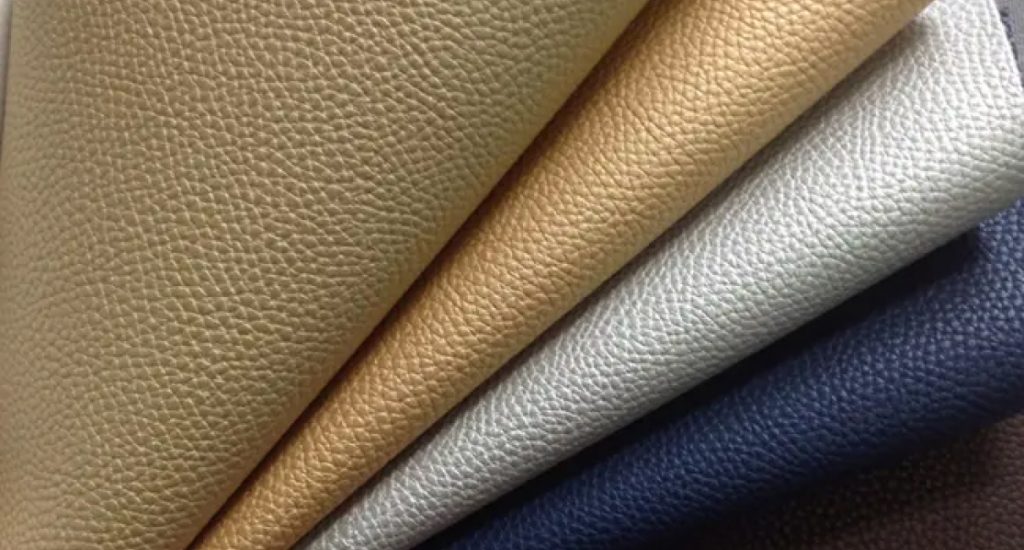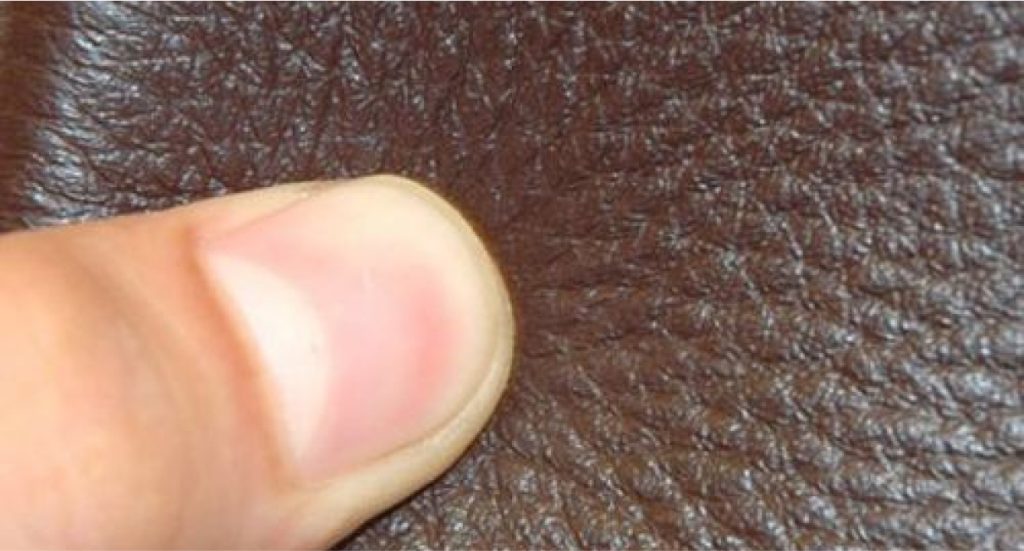From the past until now, fashion enthusiasts have always favored leather products for their inherent versatility. They can range from diverse styles of handbags to convenient wallets or even edgy leather jackets. Despite your love for leather-made items, do you know how to differentiate between genuine leather, faux leather, and synthetic leather? Let’s find out in the following article!
Genuine leather
The main component of genuine leather is derived from the skin layer of animals such as cows, crocodiles, tigers, and more. Through a process called tanning (using various chemicals to alter the protein structure, which helps slow down the aging process and prevent the decomposition of the skin’s base layer), the leather hides are used to produce various items for sale in the market, such as bags, wallets, etc. Genuine leather is known for its durability over time, although it tends to be relatively expensive.

Faux leather
Faux leather, also known as synthetic leather or simili (PVC), is a widely used industrial leather type. It is created by taking a base fabric, typically made of polyester, and weaving it together. Then, one to two layers of PVC plastic are applied to create the bonding. Following that, the material undergoes processes such as embossing to develop textures, surface treatments, and dyeing.

Faux leather finds applications in various industries including fashion, manufacturing, office supplies, handmade crafts, interior decoration, floor coverings, printing, advertising signage, and more.
Synthetic leather
PU leather, also known as synthetic leather, faux leather, or vegan leather, is made from shredded animal hides and coated with a layer of polyurethane (PU) plastic. PU leather is soft, easy to clean, and more durable than typical faux leather. It offers lower production costs and durability compared to genuine leather.

Way 1: Differentiating by examining the skin’s pores
Products made from genuine leather often have visible pores because even though faux leather products may undergo processing and have printed textures, they cannot replicate the appearance of pores. However, there are cases where it can be challenging to detect the use of high-quality leather because it has been extensively processed and tanned, resulting in the removal or almost complete elimination of pores on the leather surface

Way 2: Differentiating by applying water on the surface of the leather
Another method is to apply a few drops of water onto the leather. If it is genuine leather, after a few minutes, the water spots will spread and be absorbed into the leather because genuine leather has the ability to absorb moisture. Alternatively, you can press on the product to test its elasticity. Genuine leather will typically show a depression around the pressed area, indicating its natural elasticity, while faux leather products will not exhibit the same level of resilience.

Way 3: Differentiating by smelling the product
If you detect a distinctive animal-like odor, it is likely genuine leather. On the other hand, if you smell a plastic or chemical odor, it indicates faux leather.

Way 4: Differentiating by pressing on the leather surface
By using your finger, apply strong pressure on the surface of the product. If it is genuine leather, you will notice a depression around your finger, but it will quickly bounce back when you remove your finger. In contrast, faux leather and synthetic leather will not exhibit the same level of elasticity.
Alternatively, you can rub your hand on the surface of the leather. If it is faux or synthetic leather, your finger will glide smoothly, while genuine leather will offer more resistance and a less smooth texture.
